Cold Weather Operation of Cooling Towers
Cold Weather Operation of Cooling Towers
Operating cooling towers in cold weather conditions presents special challenges and considerations to ensure optimal performance and avoid system damage. Here are a few key aspects to consider for cold weather operation of cooling towers:
1) Freezing Prevention:
Freezing of water within the cooling tower and related piping could be a significant concern in cold climate. Execute freeze protection measures such as:
a) Heat Tracing: Introduce electric heat tracing cables or steam following lines on exposed water lines and components to maintain temperatures above freezing.
b) Insulation: Properly insulate water lines, sumps, and other vulnerable components to minimize heat loss and prevent freezing.
c) Tower Drainage: Ensure proper drainage of the cooling tower basin and piping to evacuate standing water and avoid ice formation.
2) Winterization Methods:
Develop and implement winterization procedures to plan cooling towers for cold weather conditions:
a) Shutdown and Drainage: If the cooling tower will not be operational during the winter months, shut down the system, deplete the water from the bowl, and winterize all components to prevent damage from freezing.
b) Antifreeze Solutions: In regions with extreme cold temperatures, consider including antifreeze solutions to the cooling tower water to lower the freezing point and give additional freeze protection.
3) Fan Operation:
Adjust fan operation based on cooling request and ambient conditions to avoid overcooling and excessive energy consumption:
a) Variable Speed Fans: Install variable frequency drives (VFDs) on cooling tower fans to modulate fan speed based on temperature and load conditions, reducing energy utilization during periods of low demand.
b) Fan Cycling: Implement fan cycling controls to cycle cooling tower fans on and off as required to maintain ideal water temperatures while minimizing energy usage.
4) Water Treatment:
Cold weather conditions can impact water quality and increase the risk of scale formation and corrosion inside the cooling tower system:
a) Monitor Water Chemistry: Regularly monitor water chemistry parameters such as pH, conductivity, and inhibitor levels to ensure proper water treatment and avoid scale buildup and corrosion.
b) Adjust Treatment Programs: Adjust water treatment programs as required to account for changes in water temperature and quality during cold weather operation.
5) Equipment Protection:
Protect cooling tower components and equipment from cold weather-related damage:
a) Equipment Enclosures: Install weatherproof enclosures or covers to ensure sensitive components such as pumps, motors, and control panels from exposure to snow, ice, and extreme temperatures.
b) Heat Tracing: Apply heat tracing to critical components such as valves, instrumentation, and piping to prevent freezing and ensure proper operation.
6) Emergency Preparedness:
Create contingency plans and emergency procedures to address unforeseen issues or system failures during cold climate operation:
a) Emergency Shutdown Procedures: Establish protocols for emergency shutdowns and system depressurization within the event of freezing-related incidents or equipment failures.
b) Spare Parts Inventory: Maintain an inventory of basic spare parts and components to facilitate rapid repairs and minimize downtime in case of equipment damage or failure.
By implementing these cold climate operation strategies, operators can ensure the reliable and proficient performance of cooling towers even within the harshest winter conditions whereas minimizing the chance of freezing-related damage and downtime.
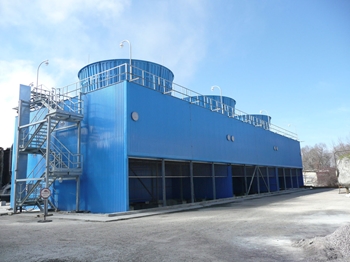


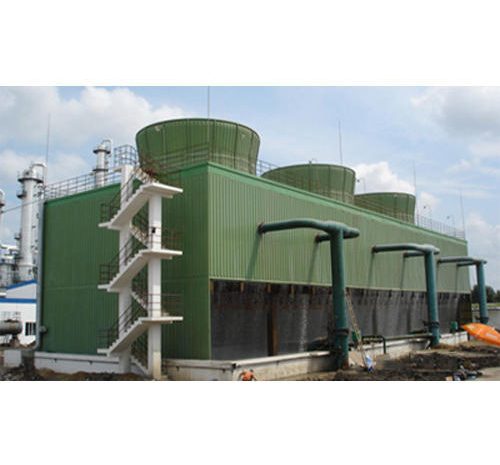
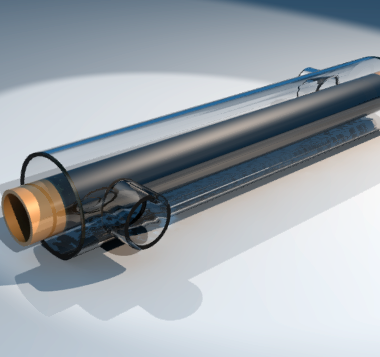
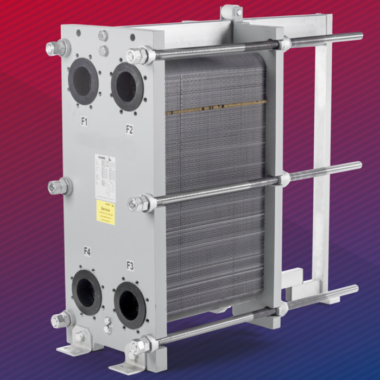

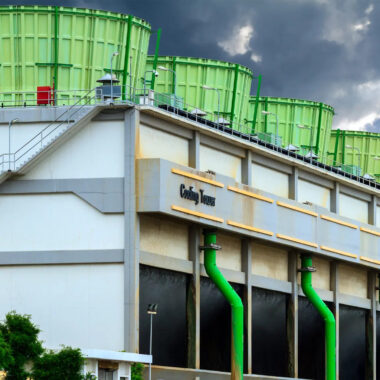
Exploring Challenges of Cold Weather Open-Circuit Cooling Towers - Cool Fab Equipments March 21, 2024 at 10:33 pm
[…] open-circuit cooling towers in cold climate presents a few challenges and considerations that can affect their execution, […]